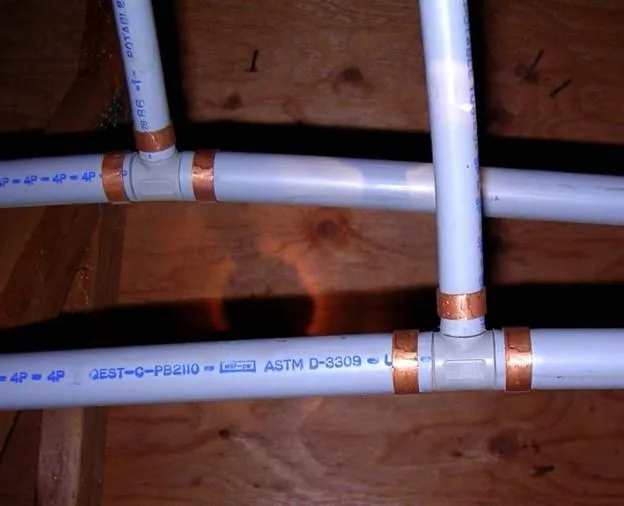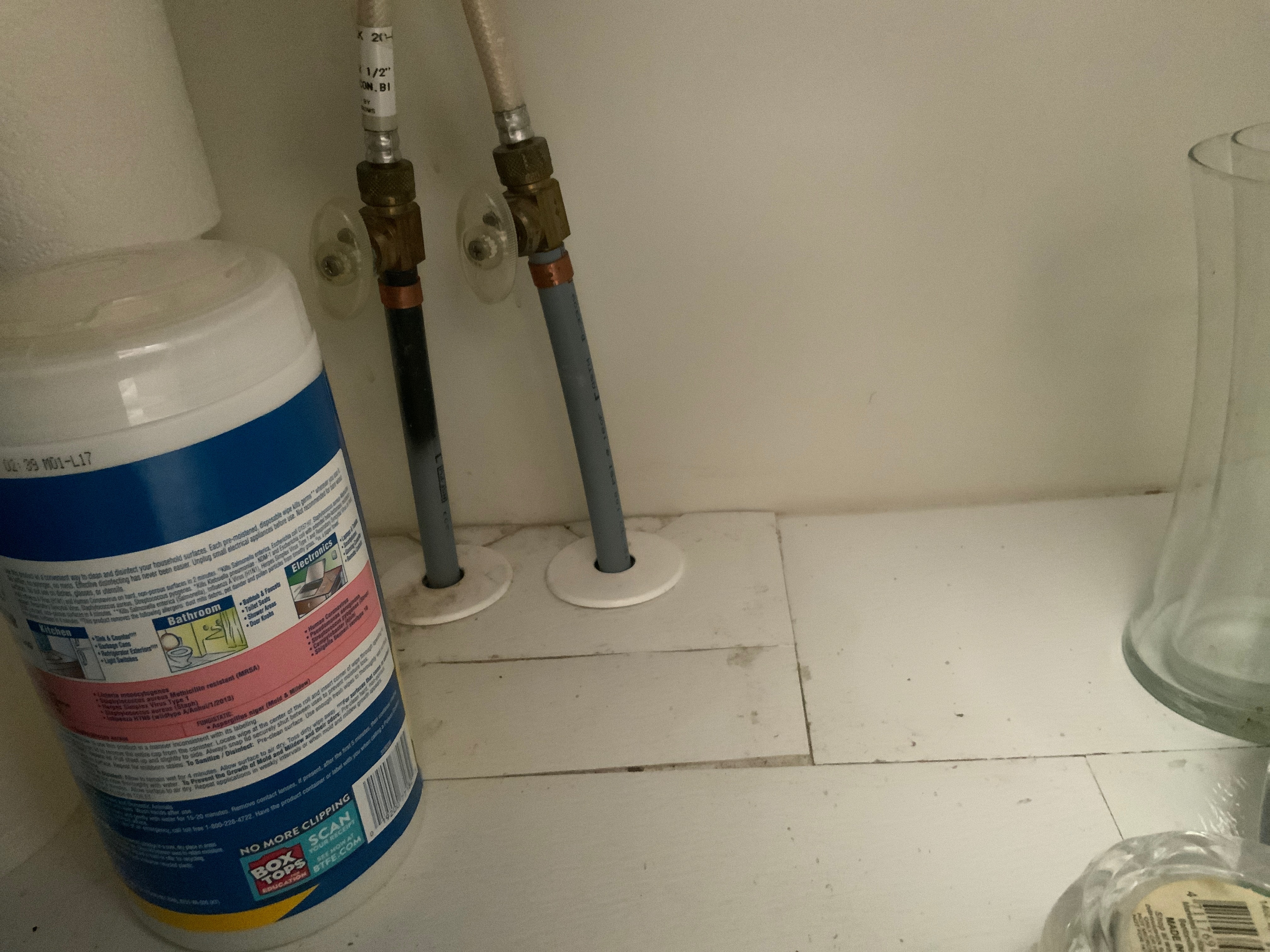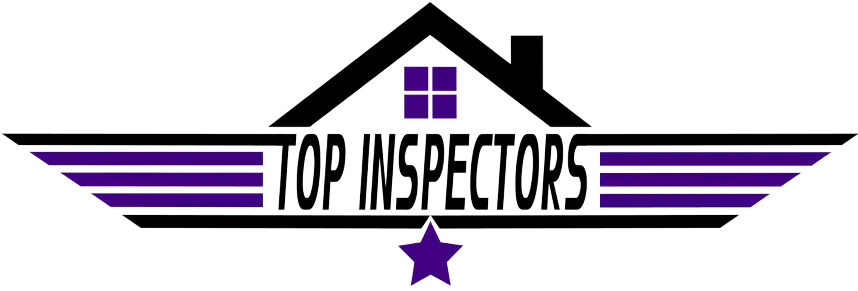Blog Posts

What Is Polybutylene Piping?
What Is Polybutylene Piping?
Polybutylene is a type of water supply plumbing piping installed in homes across the United States roughly between 1978 and the late 1990s. It is estimated that up to 10 million homes were fitted with polybutylene during construction. This material was widely used because it was lower in cost and easier and quicker to install than its copper counterpart, due to its flexibility and plastic-resin composition, which didn't require extensive soldering or bracing.
Can You Identify Polybutylene Piping?
Identifying polybutylene piping is relatively simple with a few key indicators:
Identification Tips:
- Color: Most commonly gray or blue, but can also be cream, white, or black.
- Usage: Exclusively used for water supply, not for drains or vents, meaning it connects to water supplies rather than the underside of sinks, tubs, or showers.
- Diameter: Generally about 1/2″ to 1″, comparable to the size of a dime or a quarter.
- Flexibility: It is very flexible, can curve, and feels like smooth plastic.
- Marking: Look for the tag stamped with “PB-2110” to confirm with absolute certainty.

Where To Look For Polybutylene Piping:
Identifying the exact locations of polybutylene piping can sometimes be tricky, but there are specific areas you can check:
Places To Check:
- Stub-Outs: Where piping runs through walls and emerges, such as at laundry connections, toilet connections, and beneath sinks.
- Water Heaters: Around connections at the top of water heaters.
- Unfinished Areas: Garages, under stairs, or in basements.
- Attics or Crawlspaces: Common places for visible piping.
- Exterior: At the main water shutoff.
- Water Meters: In the meter base near the street or sidewalk.
Be cautious, as sometimes stub-outs might be a different material than the piping inside walls, often copper, making it hard to determine the piping type within walls.

What Is Wrong With Polybutylene?
Polybutylene is known to fail due to chemicals and minerals in municipal water, which can damage the piping from the inside, leading to cracking and leaks. While there's no guarantee polybutylene will leak, it is more likely to fail over time compared to other materials.
Lawsuits & Claims Related To Polybutylene:
There have been numerous claims, lawsuits, and allegations regarding polybutylene piping, including a class action lawsuit. This has led to many plumbing issues and financial claims over the years.
Should You Replace Polybutylene?
The decision to replace polybutylene depends on the situation, particularly if a home is being sold. While there's no certain failure, the high likelihood of issues usually leads buyers to request replacement or a credit for future replacement.
Should I Buy A Home With Polybutylene?
This also depends on the specific situation. Buyers often request replacement or credit for polybutylene piping due to its uncertain nature. Discuss with your Realtor and Home Inspector for tailored advice.

Home Owners Insurance & Polybutylene
In many regions, including Florida, insurance companies require polybutylene replacement before approving policies. Some insurers might offer high rates if it isn't replaced. Always be transparent with your insurer about polybutylene presence since many require a 4-Point Inspection that would reveal its presence.
In Conclusion:
Although polybutylene piping had many benefits in the past such as cost efficiency and ease of installation, there are now knownsignificant issues associated with its use. Our inspectors at Top Inspectors, often encounter polybutylene in the Orlando area during home inspections and 4-point inspections.
Schedule Now

